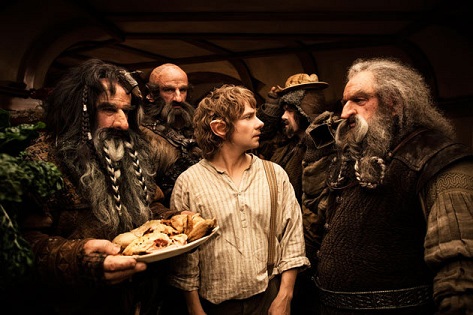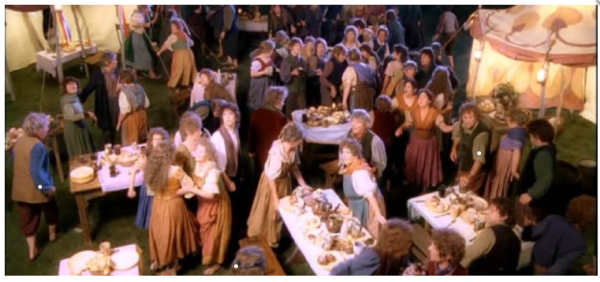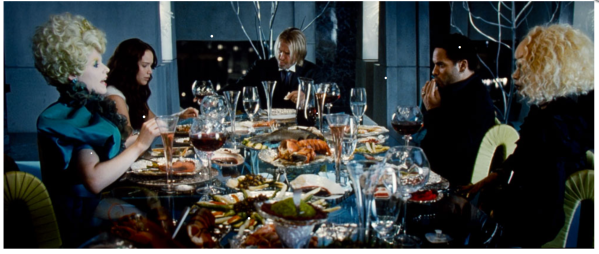Much has been written about the walking dead we’ve come to know as ‘zombies’. Immortalized in movies, television shows, books, comics, and music videos (remember Thriller?), zombies have become so much a part of our culture that people can’t get enough of these brain-eating horror icons. When researching for The Last Timekeepers and the Noble Slave, the third installment of my young adult time travel adventure series, I wanted to incorporate a Voodoo ceremony that included creating a zombie. Oh, where to start, I asked myself, as there was so much information out there to glean, and only a chapter to fit it in.
So do zombies exist? The people of
Haiti certainly think so. Here they are considered to be more than spooky
stories, but rather very real entities. Stories of zombies persist in Haiti
right up to the modern day, with sightings of the poor, haggard creatures
fairly common in many rural areas. In fact, cases are so prevalent that there
have been wild estimates claiming that there are as many as up to one thousand
new cases of zombies a year. Wow, that’s a lot of the undead roaming around a
small island! Zombification is even a crime under the Haitian Penal Code
(Article 246), in which it is considered to be on par with murder despite the
fact that the zombified individual is technically still alive.
Bet you’re dying to know how to make
a zombie? Read on…
Voodoo sorcerers or priests known as bokors, for manual labor on farms and sugarcane plantations. Zombies can allegedly be made from those who are still living if the bokor is powerful enough to wrest the victim’s soul from their body. The process of turning a living person into a zombie is said to follow certain steps. First, the bokor will place a hex on the target of the ritual, who will subsequently fall mysteriously ill and die soon after. The exact methods and concoctions used vary among the bokors, but many use a powerful neurotoxin derived from pufferfish. Some zombification processes use blood and hair from their victims in addition to using Voodoo dolls. Ohers involve a carefully prepared mixture called ‘coup de poudre’ (powder strike) made of mystical herbs, human remains, and animal parts. Administrating this mixture can also vary from ingestion, injection, or even a blow dart.
Once the family of the victim
pronounces the victim dead, he or she is buried in the family tomb (usually
above ground), where the responsible bokor will steal the body from its grave
and set about reanimating it through dark sorcery. Next, the bokor performs an
ancient Voodoo rite where he or she captures the victim’s ti bon ange (the part of the soul connected to an individual)
within seven days following the death of corps
cadaver, while it is still hovering over the corpse. This effects a split
in the spiritual parts of the victim and produces two complementary types of
zombies: the spirit zombie and the zombie of the flesh. The bokor then traps
the spirit zombie in a small clay jar or container, and replaces it with the
loa (Voodoo spirit) that the bokor controls. The container is hidden in a
secret place and is wrapped in a piece of the victim’s clothing or some other
personal possession.
After a day or two, the bokor then administers a hallucinogenic mixture called the ‘zombie cucumber,’ (made from the plant Datura stramonium) that revives the victim and is used to keep the zombie in a state of submissive confusion. In this brainwashed condition, the zombie cannot speak, has no memory, and no longer resembles its past human personality. Now easy to control, the zombie is completely under the control of the bokor who created them until the bokor dies. Once released from bondage, the zombies can finally return to their home village or place of burial, and die.
There seems reason to believe from
work and research done in the past that there may possibly be a concrete, scientific
basis for stories of zombies, so perhaps time will tell. For now, these
mysterious creatures lurk along the fringes of Haitian villages and our
imaginations. Whether drug addled slaves or corpses reanimated through dark
sorcery, the enigma of real zombies beckons us. Perhaps one day we will bring
them out into the light and have the answers we seek.
With that, I’ll leave you with this line in the song Thriller, by Michael Jackson: It’s close to midnight! Something evil’s lurking in the dark! Hopefully, it’s not a blood-thirsty corpse. Stay safe this Halloween, my zombie-loving readers!




 The Lord of the Rings: The Fellowship of the Ring
The Lord of the Rings: The Fellowship of the Ring






